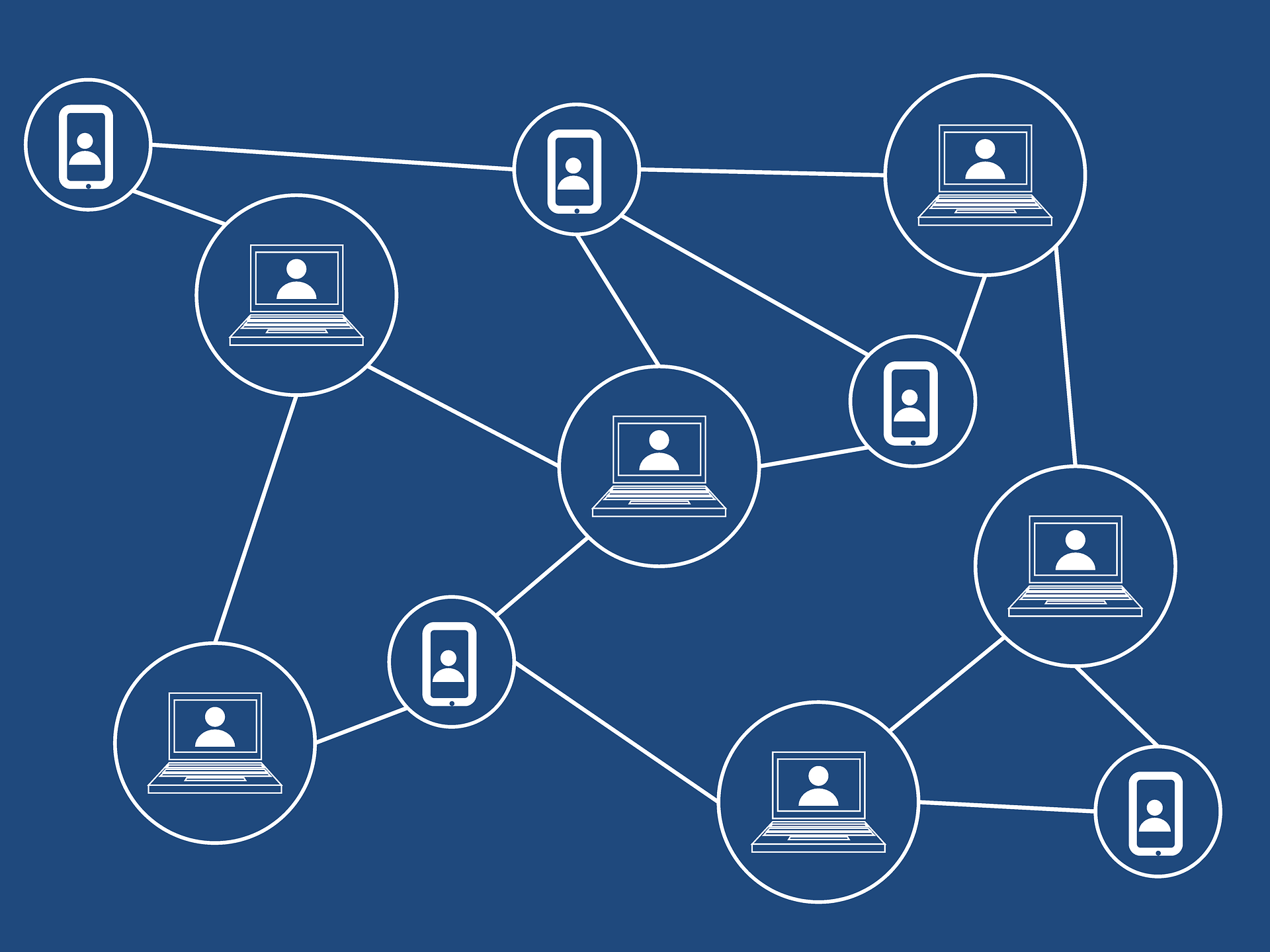October 3, 2019
Using blockchain technology for fact checking
Why we're putting journalism on the blockchain
In a world where media content flows faster than ever before, it becomes increasingly important to check the facts published in newspapers, websites, and other media channels.
That's why researchers Walid Al-Saqaf and Malin Picha Edwardsson, researchers at Södertörn University, are exploring how the blockchain can improve source-labelling content.
In a recent article for the book "Blockchain and Web 3.0: Social, Economic, and Technological Challenges" the researchers explore blockchain’s potential to make journalism a more sustainable business, but it doesn't stop there.
Together with Lapidus Interactive, Södertörn University seeks to develop a proof of concept of the new technology, taking into account the every day needs and circumstances of news rooms.

Planned approach and implementation
The project has support from Vinnova and will be carried out in 5 steps:
- 1. Prepare for, and build a small-scale prototype with a private blockchain with a hyperledger fabric
- 2. Develop the infrastructure for the blockchain
- 3. Run tests of the application together with the partners andd carry out interviews, evaluations and observations which assess the potential of the prototype on a larger scale
- 4. Continue the development and launch the solution.
- 5. Provide documentation for future development
Expected results and effects
The application would serve as an aid when keeping a permanent record of the fact-checked results in a blockchain registry (distributed ledger). This would include all the fact-check related results (including the account that did the fact-checking, when it was done, the rating and the particular reasons why it failed or succeeded in the fact-checking process) along with information about the content itself (text, images, videos, etc), the author/source and the media platform that published the information.